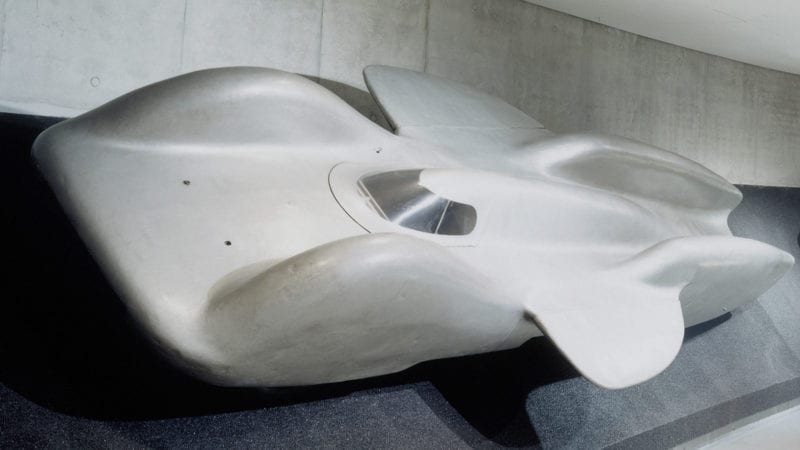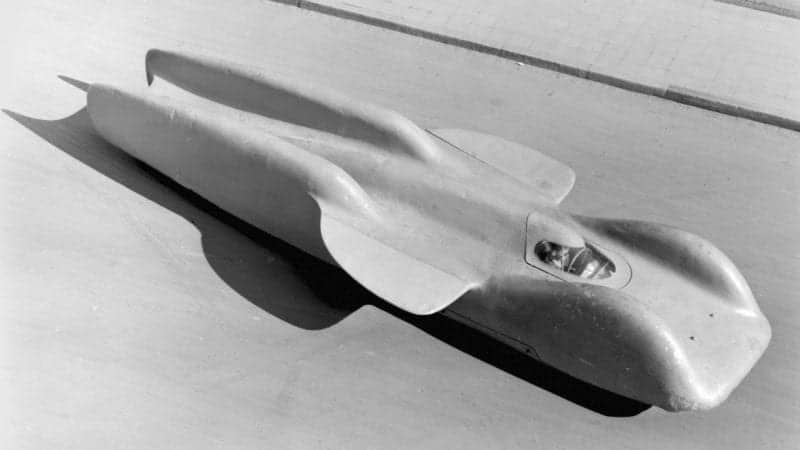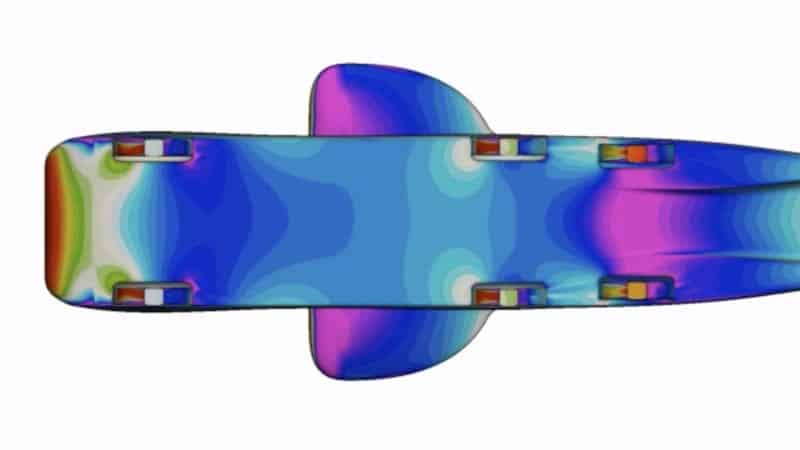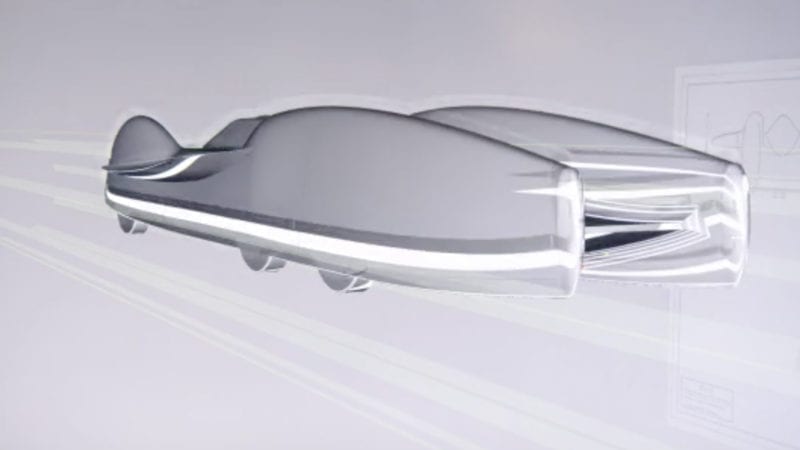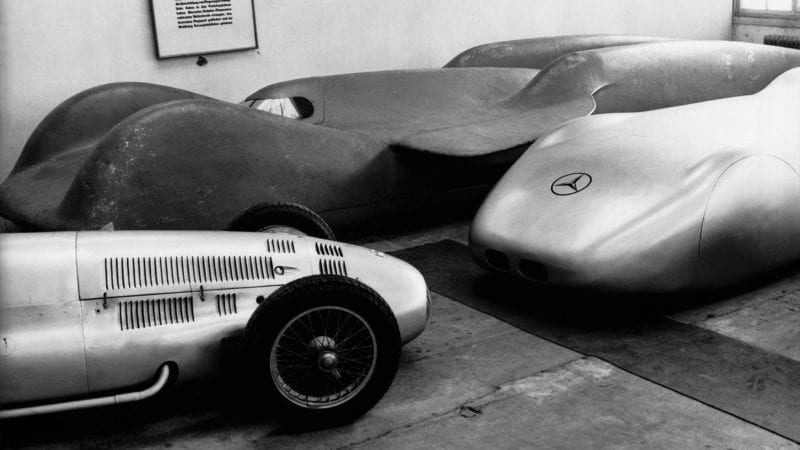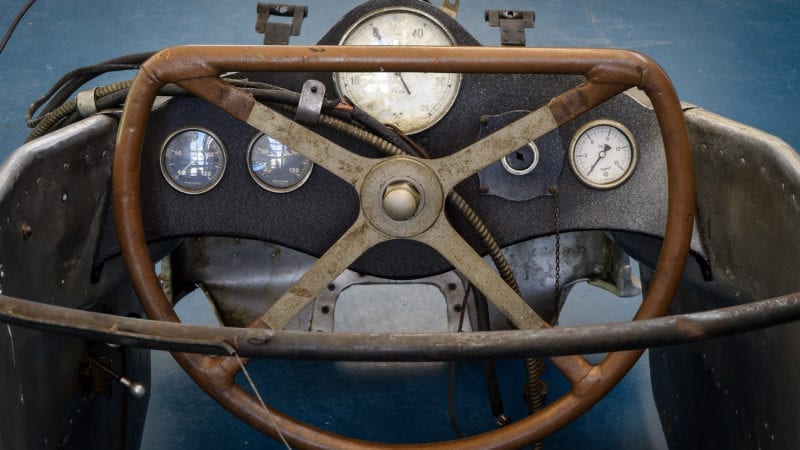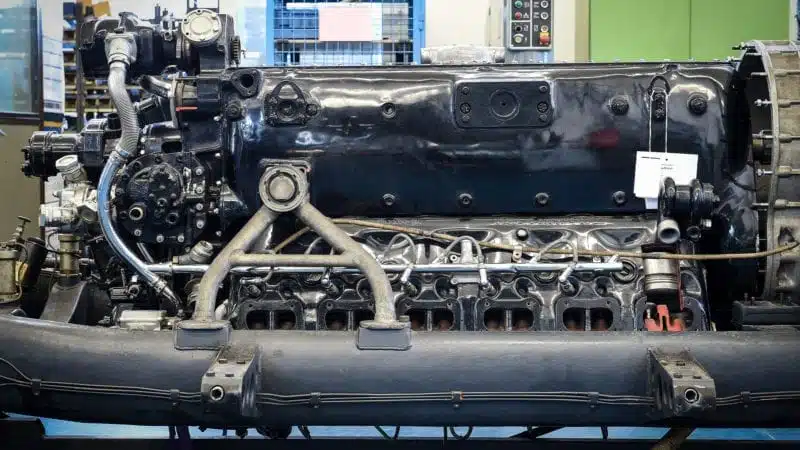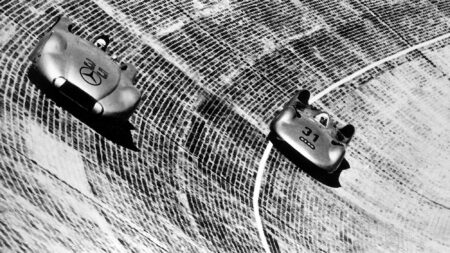It’s the final evolution of a project that began in 1933, when Hitler took power and began promoting Germany’s might through motor racing. The documentary charts the rise of the Nazi-funded Mercedes and Auto Union grand prix teams, and the rivalry that drove them to greater dominance and higher speeds.
The battle would play out each January in ‘Reich Record Week’ as ever-faster cars from each factory looked to break public road records on newly-built autobahn.
In 1938 it would claim the life of Bernd Rosemeyer — killed in an Auto Union Type C as he attempted to beat a 268mph benchmark set by Rudolph Caracciola in his Mercedes W125.
It was the end of Auto Union’s speed runs, but Mercedes continued developing, with help from Stuck and Porsche, to create the T 80. Testing continued beyond the outbreak of war but this was a car that was ahead, and out of time.
Hitler’s Supercars will be shown on Channel 4 at 8pm on Sunday 26 July
